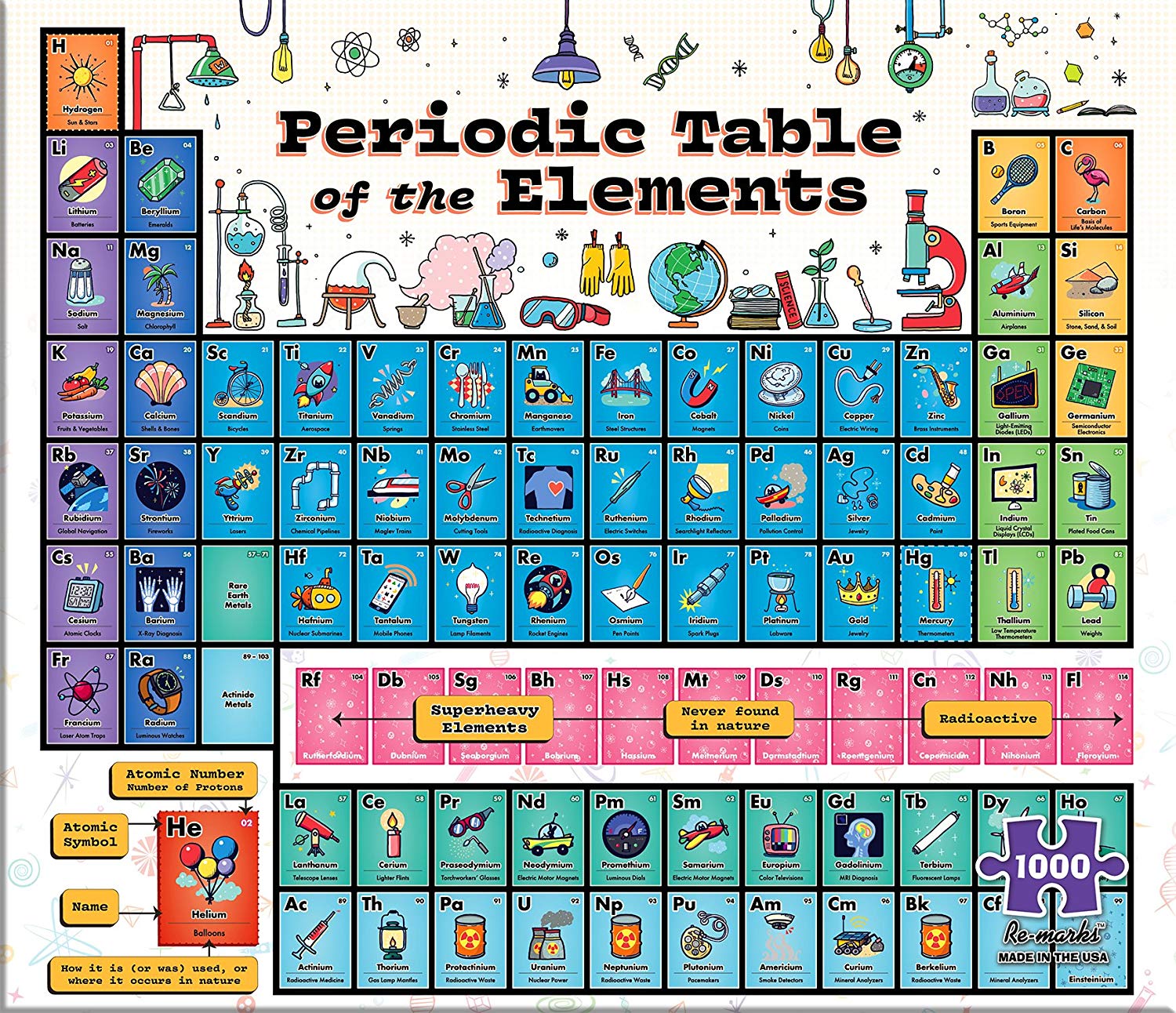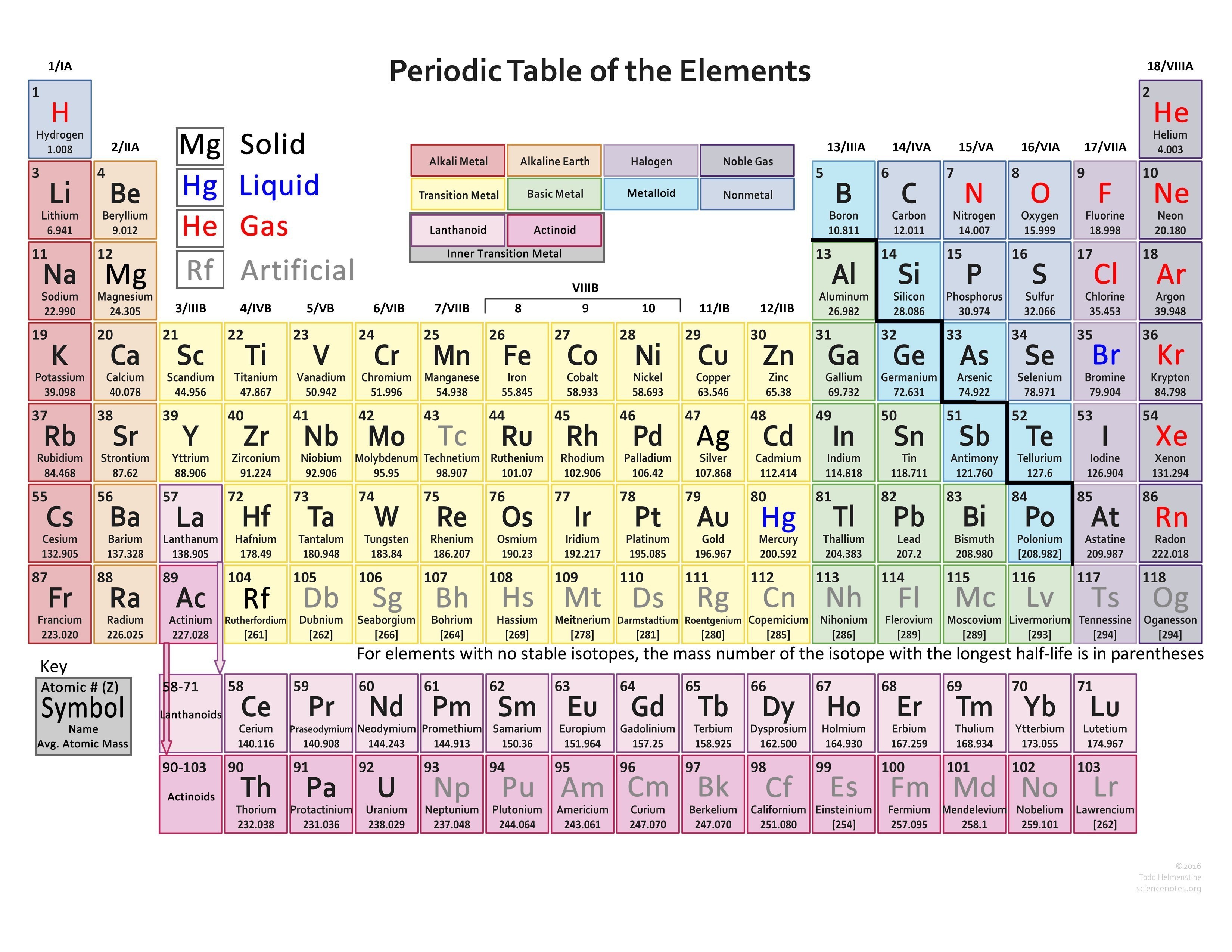

It was not until a more accurate list of the atomic mass of the elements became available at a conference in Karlsruhe, Germany in 1860 that real progress was made towards the discovery of the modern periodic table. In 1829, Johann Döbereiner recognised triads of elements with chemically similar properties, such as lithium, sodium and potassium, and showed that the properties of the middle element could be predicted from the properties of the other two. Several other attempts were made to group elements together over the coming decades. The earliest attempt to classify the elements was in 1789, when Antoine Lavoisier grouped the elements based on their properties into gases, non-metals, metals and earths. Certainly Mendeleev was the first to publish a version of the table that we would recognise today, but does he deserve all the credit?Ī number of other chemists before Mendeleev were investigating patterns in the properties of the elements that were known at the time. This is a book that students will not only value during their formal education, but will keep and refer to throughout their careers as chemists.Ask most chemists who discovered the periodic table and you will almost certainly get the answer Dmitri Mendeleev. Students are invited to enter the exciting world of chemical phenomena with a sound knowledge and understanding of the subject, to approach experimentation with an open mind, and to assess observations reliably.

The chemistry of the elements is still discussed within the context of an underlying theoretical framework, giving cohesion and structure to the text, but at all times the chemical facts are emphasized. The authors have broken with recent tradition in the teaching of their subject and adopted a new and highly successful approach based on descriptive chemistry. Show more Navigate DownĪccordingly, the book covers not only the 'inorganic' chemistry of the elements, but also analytical, theoretical, industrial, organometallic, bio-inorganic and other cognate areas of chemistry.

This is a book that students will not only value during their formal education, but will keep and refer to throughout their careers as chemists.

The authors specifically avoid the term `inorganic chemistry' since this evokes an outmoded view of chemistry which is no longer appropriate in the final decade of the 20th century.Īccordingly, the book covers not only the 'inorganic' chemistry of the elements, but also analytical, theoretical, industrial, organometallic, bio-inorganic and other cognate areas of chemistry.
#The elements full
This crucial central area of chemistry is full of ingenious experiments, intriguing compounds and exciting new discoveries. The book presents a balanced, coherent and comprehensive account of the chemistry of the elements for both undergraduate and postgraduate students. No page has been left unaltered but the novel features which proved so attractive have been retained. Now the authors have completely revised and updated the text, including more than 2000 new literature references to work published since the first edition. When this innovative textbook first appeared in 1984 it rapidly became a great success throughout the world and has already been translated into several European and Asian languages.


 0 kommentar(er)
0 kommentar(er)
